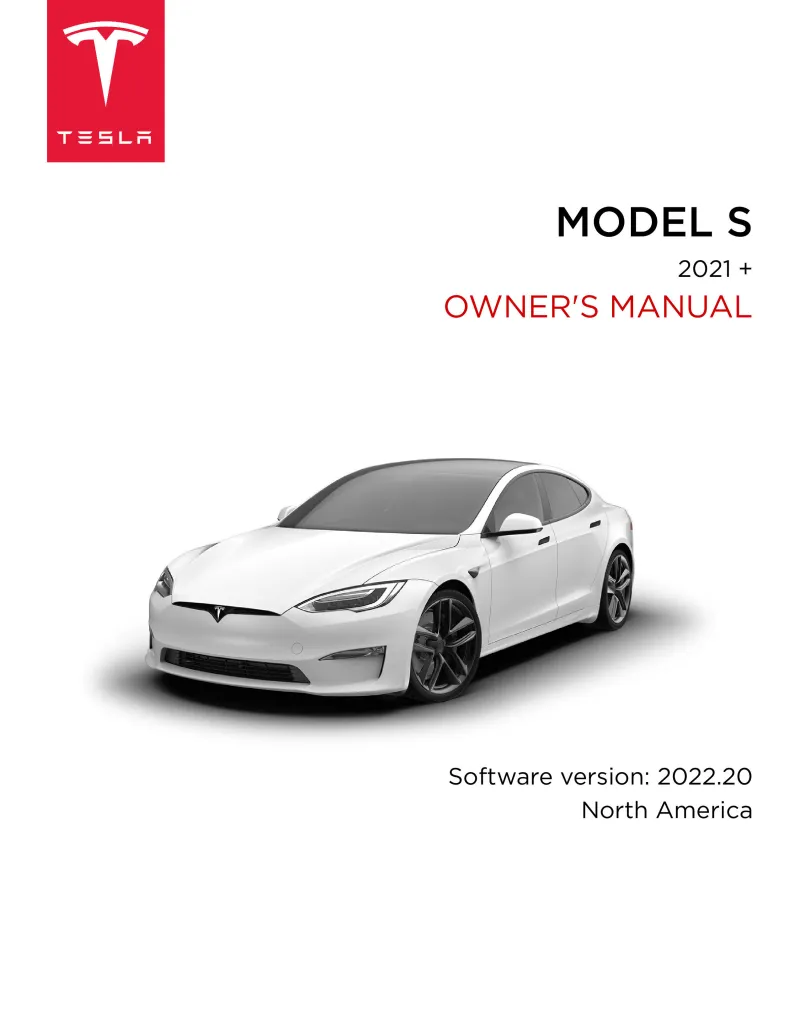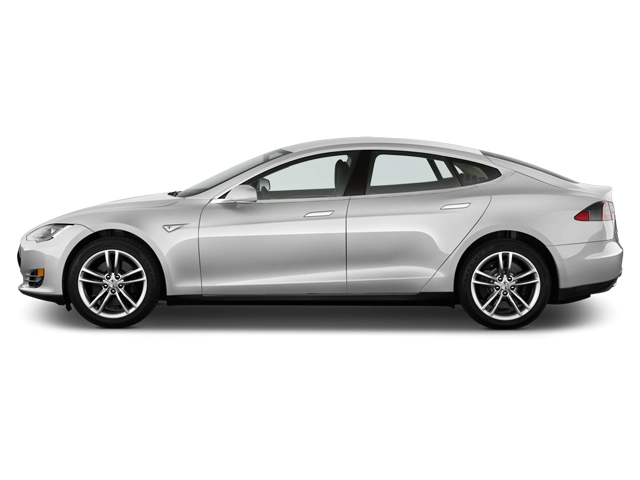2021 Tesla Model S Owner's Manual

Table of Contents
2021 Tesla Model S Overview
Introduction
The 2021 Tesla Model S continues to set the benchmark for electric luxury sedans, showcasing a perfect blend of performance, elegance, and cutting-edge technology. With its sleek design and impressive range, the Model S stands out in the EV market, attracting eco-conscious drivers and automotive enthusiasts alike. This flagship sedan embodies the future of vehicle design, equipped with features that elevate the driving experience to new heights.
Powertrains
Under the hood, the 2021 Model S offers two powerful options: the Long Range and the Plaid powertrains. The Long Range variant delivers an astounding 405 miles of range, powered by dual electric motors that produce 670 horsepower, allowing it to accelerate from 0 to 60 mph in just 3.1 seconds. For those seeking exhilarating performance, the Plaid configuration boasts a staggering 1,020 horsepower and scoots from 0 to 60 mph in a jaw-dropping 1.99 seconds, redefining what electric vehicles can achieve.
Trims
The Model S comes in two key trims: Long Range and Plaid. Each trim offers an array of luxury features while ensuring cutting-edge technology is at the forefront. The Long Range trim focuses on maximizing distance and efficiency, while the Plaid trim emphasizes unstoppable performance, making both choices appealing depending on the owner's priorities.
Features
Tesla's commitment to technology shines through in the 2021 Model S with a striking 17-inch touchscreen interface, enhanced autopilot capabilities, and over-the-air software updates. Premium interiors feature heated seats, high-fidelity audio systems, and advanced driver-assistance systems, ensuring a comfortable and safe driving experience.
Owner's Manual
The comprehensive owner's manual for the 2021 Tesla Model S serves as an essential guide, detailing everything from vehicle operation and maintenance to troubleshooting tips. It provides clarity on utilizing all available features, ensuring owners can fully leverage the Model S’s innovative technology and maximize their driving experience.
User manual download
The Tesla Model S owner manual for the 2021 model year is to be found in PDF downloadable format on this page. The owner manual for the model year 2021 is free and in English, but the repair manuals are usually not easy to get and may cost more.
Manual Questions
Fill the form below and someone will help you!

